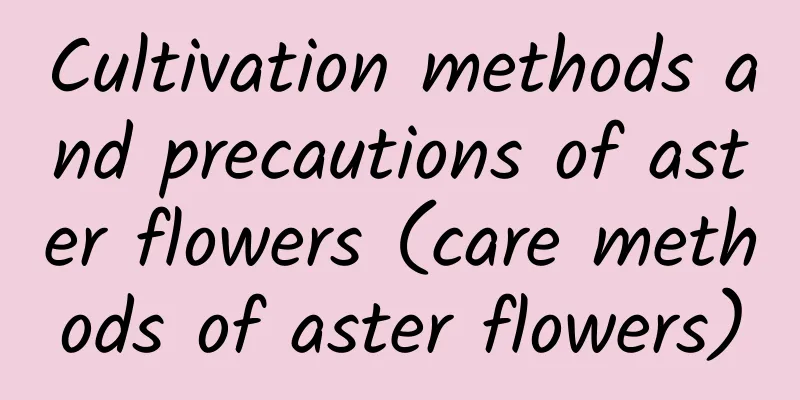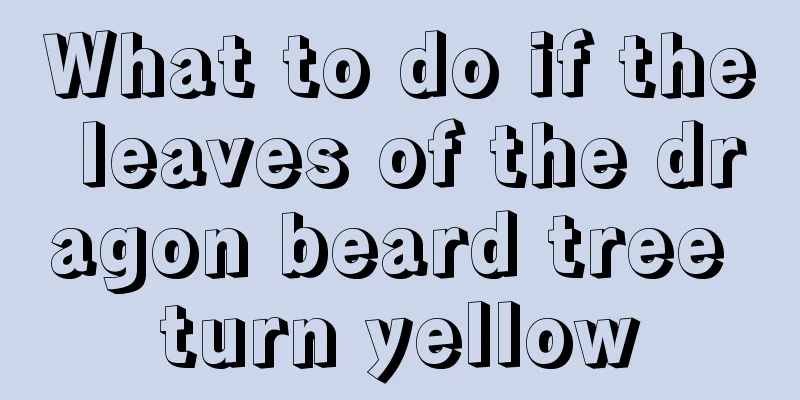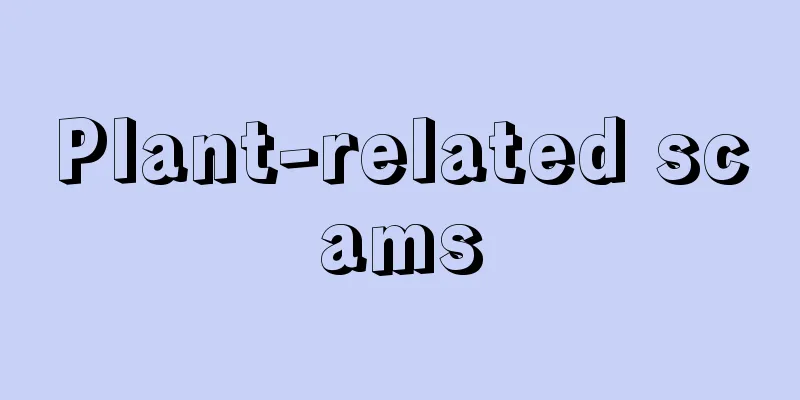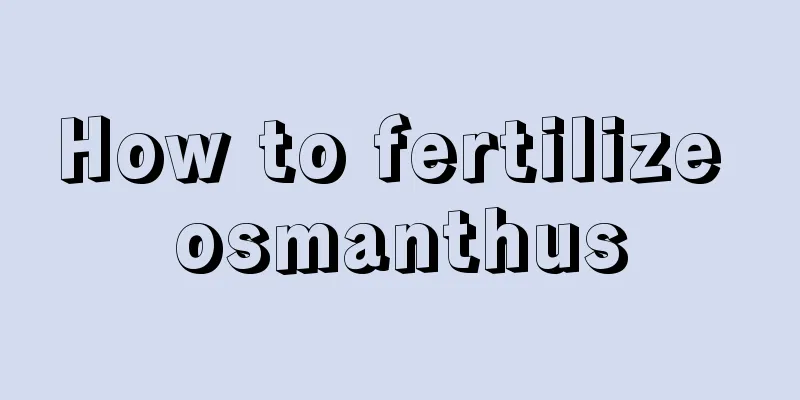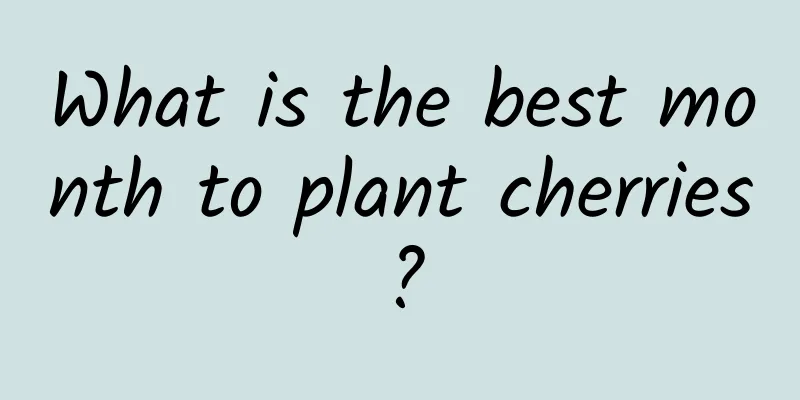What crops cannot be treated with isopropylamine?
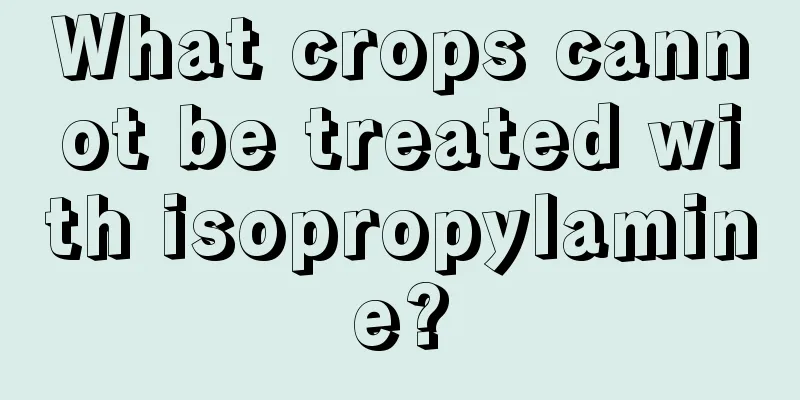
|
Isopropylamine is a low-toxic amide herbicide that can be used for pre-emergence weeding in a variety of vegetable fields and has a good effect on many weeds. But what are the crops that cannot be used for isopropylamine? Let’s learn more about it below. What crops cannot be treated with isopropylamine? 1. Annual vegetables Isopropylamine may have negative effects on some crops. For annual vegetables propagated by small seeds, such as spinach, celery, coriander, amaranth and cilantro, it is not suitable to use isopropylamine. The seeds of these vegetables are small and more sensitive to herbicides. The use of isopropylamine may have an adverse effect on their growth and even hinder seed germination or seedling death. 2. Fruit trees and flowers Certain fruit trees and flowers may not be suitable for the use of S-isopropylamine. This is because the crop’s growth characteristics and sensitivity to herbicides may differ significantly from crops such as corn and soybeans. Therefore, before using isopropylamine, it is necessary to fully understand the growth habits of the target crops and their tolerance to herbicides to avoid unnecessary losses. What crops are suitable for isopropylamine? Isopropylamine is generally used on dryland crops such as corn, soybeans, peanuts, cotton, and sorghum. It can also be used on vegetable crops such as cabbage and ginger, as well as in orchards and nurseries. It is mainly used to control annual grass weeds such as beech grass , crabgrass, foxtail grass, and barnyard grass, as well as broad-leaved weeds such as shepherd's purse and purslane, and sedge, but it has poor control effect on amaranth and other weeds. Precautions for use of isopropylamine 1. Safe operation The use of isopropylamine requires following certain safe operating procedures. Before use, you should carefully read the instructions and labels to understand the properties, scope of action and usage of the medicine. During use, protective tools such as protective clothing, gloves and masks should be worn to avoid contact with skin, mouth and eyes. At the same time, care should be taken to prevent the agent from splashing or inhaling to avoid harm to your health. 2. Usage When applying pesticides under drought conditions, shallow soil mixing or film covering should be carried out quickly to ensure that the pesticide can be evenly distributed on the soil surface and exert the best effect. At the same time, the use of S-isopropylamine should be avoided during the sensitive period of crops or under adverse conditions such as high temperature and high humidity to reduce potential damage to crops. 3. Application time Isopropylamine is effective for 30-35 days and takes 3 months to lose its activity after application. The best time to apply the pesticide is 1-2 days after direct seeding and before seedlings emerge. Isopropylamine is also easily degraded by microorganisms in the soil. 4. First aid measures In case of accidental contact or ingestion of isopropylamine, first aid measures should be taken immediately. In case of skin contact, quickly remove contaminated clothing and rinse with plenty of running water for at least 15 minutes; in case of eye contact, immediately rinse with plenty of clean water; in case of inhalation or accidental ingestion, quickly leave the scene to a place with fresh air, keep the respiratory tract open, and seek medical attention promptly. That’s it |
<<: Cultivation and management of trumpet creeper, how to fertilize
>>: How to propagate and transplant trumpet creeper
Recommend
What are the purple vegetables?
1. Purple Cabbage Purple cabbage, also known as p...
Can the green leaf arrowroot be hydroponically cultivated? Hydroponics cultivation methods and precautions
Can the green leaf arrowroot be hydroponically cu...
What is the suitable temperature for corn planting?
Temperature requirements for corn planting There ...
Can I plant a Chinese toon tree in front of my door?
Can I plant a Chinese toon tree in front of my do...
Cultivation methods and precautions of daffodil lily
1. Maintenance methods 1. Soil: Narcissus lily do...
The difference between Shiratori and Ji Chunxing, remember two points to distinguish them!
Appearance characteristics White bird appearance ...
Can I put touch incense in the bedroom?
Can I put it? It can be placed in the bedroom. Be...
How to propagate Bergenia
Seed propagation Container selection: Because the...
Are gentian and gentian grass the same? How to propagate them?
1. Are they the same? Gentiana is the same as gen...
Is Gardenia suitable for growing at home?
1. Is it possible? The answer is clear, yes. Some...
How to grow orchids to make them more vigorous?
Orchid is a very popular flower plant with elegan...
What to do if the leaves of the pine tree turn yellow
1. Reasons illumination Light is a very important...
When is the best time to prune greengage trees?
Pruning of greengage trees Pruning during the you...
How to breed cicadas?
Cicada is also called golden cicada , grasshopper...
When is corn harvested in North China?
Corn harvest time in North China Due to the diffe...



